Did you know there is a spider found in India that looks exactly like an ant, a mimicry
that helps the spider save itself from predators? There is also a spider from the genus Lycosa that lives in the leaf litter near water bodies. To save her eggs from drowning,the mother spider carries them on her back inside an egg sac that she makes out of her silk. It is water repellent and even after the spiderlings are born they continue to use this smart trick and ride on mom’s back attaching themselves with their own silk to remain safe. The world of spiders is filled with hundreds of such fascinating traits, and yet they remain misunderstood and mistreated by most humans. A group of young spider fans though are working relentlessly in Karnataka to change the perception and make people aware of the importance of these arachnids.The Team Saaliga, as they call themselves is on a mission to identify as many spider species as they can in the state, spread the message of conservation, and also bust some myths on the way.
Dr. Abhijith A.P.C, a homeopathic doctor by profession and a wildlife enthusiast owes
his interest in spiders to his love for owls. He recalls how a few years back trying to
observe and click photographs of the nocturnal owls he began observing insects and
spiders too. Coming from an agricultural background, he understood the value of
spiders in the food chain. Spiders help in regulating insect population. In fact, 80% of
the insect population is eradicated by spiders, which is much more than that of birds,
and this helps farmers significantly.
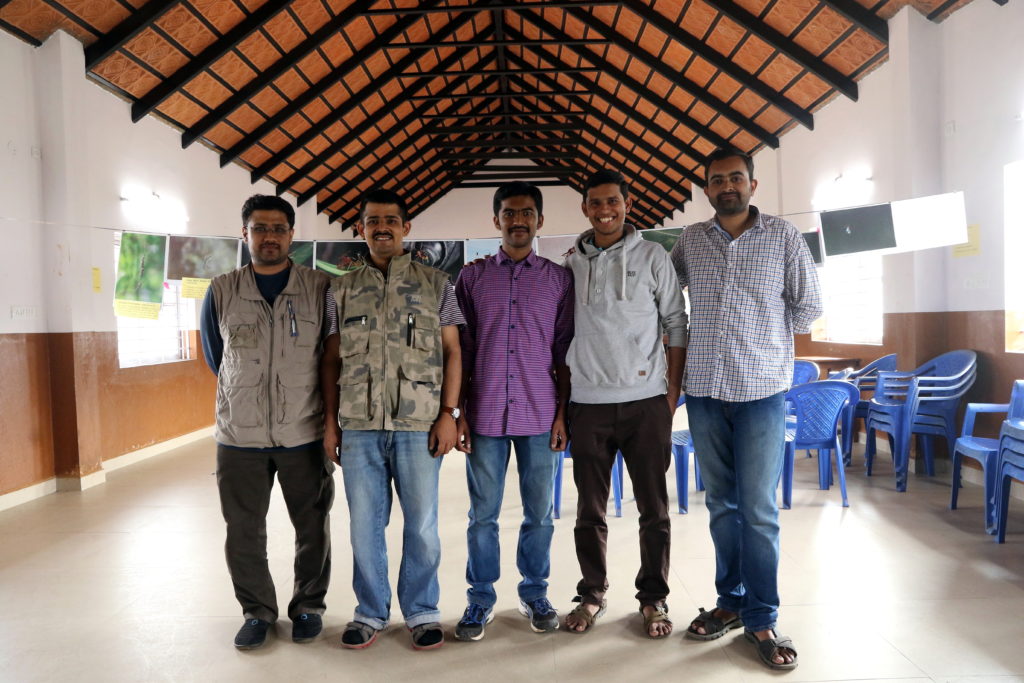
Soon Abhijith teamed up with other spider enthusiasts Vipin Baliga, Sumukha Jawagal, Pavan Ramachandra and Kiran Bagade to form Team Saaliga, working for wildlife conservation, organic farming and social awareness on spiders and other arthropods. Together, these team members have been photographing and documenting the behaviour of spiders for more than 8 years.
Read More: Critically Endangered Spider, Seen After 113 Years
What is also noteworthy is one of the team member – Sumukha’s contribution. He was part of the team that discovered 4 new species of spiders including the Paraplectana rajashree ( ladybug mimic spider) , Cyrtarachne sunjoymongai ( snail mimic spider) and the now famous Eriovixia gryffindori (sorting hat spider) that looks eerily similar to the sorting hat of the Harry Potter books!
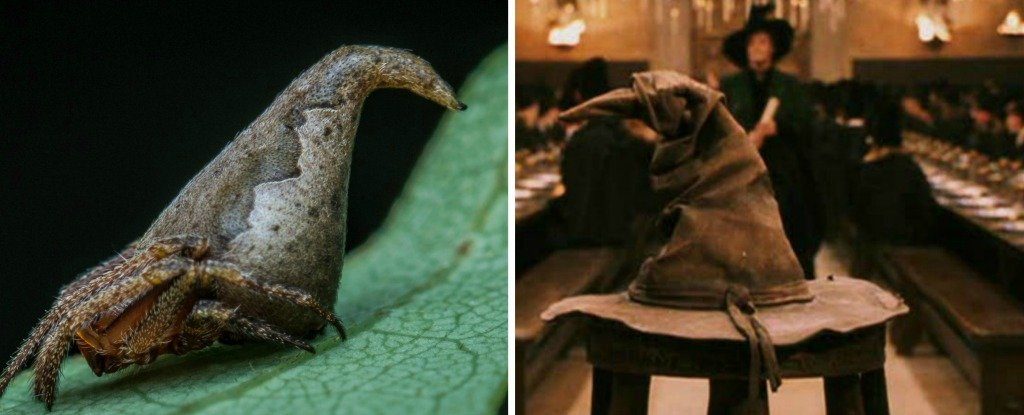
In 2017, in a list compiled of 18,000 species discoveries across the world,
the sorting hat spider was nominated as the topmost discovery of the year. Over the last couple of years Team Saaliga have collected more than 200 species of spiders and conducted 9 photography exhibitions in southern Karnataka to reduce the
fear surrounding spiders and raise people’s interest. They organised their first spider
meet in October last year. The Spider Workshop 2018 is being conducted by the team this November. The team also published a book called “Backyard Spiders” focussing on the spider species commonly found around homes.
Says Abhijith, “For every 2 insects, there is a spider. They are the best pest controllers around us and still people fear them or try to kill them. We want to convince people how spiders are useful to us.”
The Underdogs
Spiders, though ubiquitous, have remained a neglected group in India except the work of a handful of scientists and researchers identifying and studying these arachnids. The current world list of spiders includes about 46,738 species in 4058 genera and 112 families with India being home to more than 1400 species.
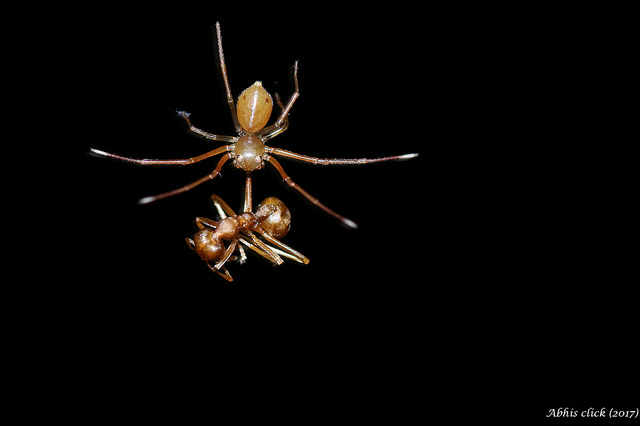
In post independence India, the first significant compilation of the number of species of spiders found in India was done by B K Tikader in 1987 where he described 1067 species from India. His work finally provided spider workers a checklist of spider diversity in the subcontinent and much of the research done by modern arachnologists is based on his findings. In 2005, scientists Manju Siliwal, Sanjay Molur and B K Biswas presented an updated checklist with 1442 species of spiders formally documented in India.
In Karnataka sporadic research on spiders, their identification and population has been done but it does not provide a comprehensive species presence understanding. A study in 2015 showed 45 species inhabiting just the small area of the coffee agrosystems of Chikmagalur proving how a vast spider inhabited area like the Western Ghats still needs to be investigated thoroughly to reveal the treasure it hides in the form of spider diversity and distribution in Karnataka. What is perhaps even more unfortunate is that while interest around these arachnids has piqued in the scientist community over the years, general interest around spiders remains constrained to imaginary superheroes with spider-like powers or the unwarranted fear that a spider-bite might put you in grave danger.
Read More: A Spider That Can Stay Underwater For 14 Minutes
Spiders are excellent at pest control and better than man-made pesticides because they do not harm the environment in any way. Ground spiders are also great at detecting soil toxicity as they are sensitive to metal pollution in soil. Home spiders are better mosquito killers than the chemicals we burn or fumigate as those might also harm humans. In many respects therefore Team Saaliga’s work is a step in the right direction providing not only valuable data related to the existence of spiders in the state but also giving local communities, and children a chance to see the feared arachnids in a new light.
In Karnataka, Team Saaliga has encountered many interesting species of spiders
including the snail mimic spider, the scorpion tail mimic spider, the ladybug mimic
spider, fishing spiders, bird dung spider, and the mirror spiders. They have also been
approached by individuals who want them to identify spiders they spot in their locality. This mindset change itself from wanting to crush the so-called eight legged monster under their slippers to clicking photos of them and wanting identification is a big step forward. Hopefully, the web of fascination for these silk weaving critters will only spread and bring more valuable information and chances of conservation into the forefront.
Featured Image courtesy Abhijith APC. Orchard Orbweaver
Read More: 2 Species Of Jumping Spiders Discovered In Uttarakhand
This article by Atula Gupta was originally published in Deccan Herald. Read here

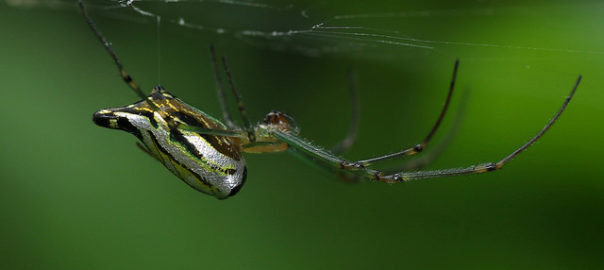
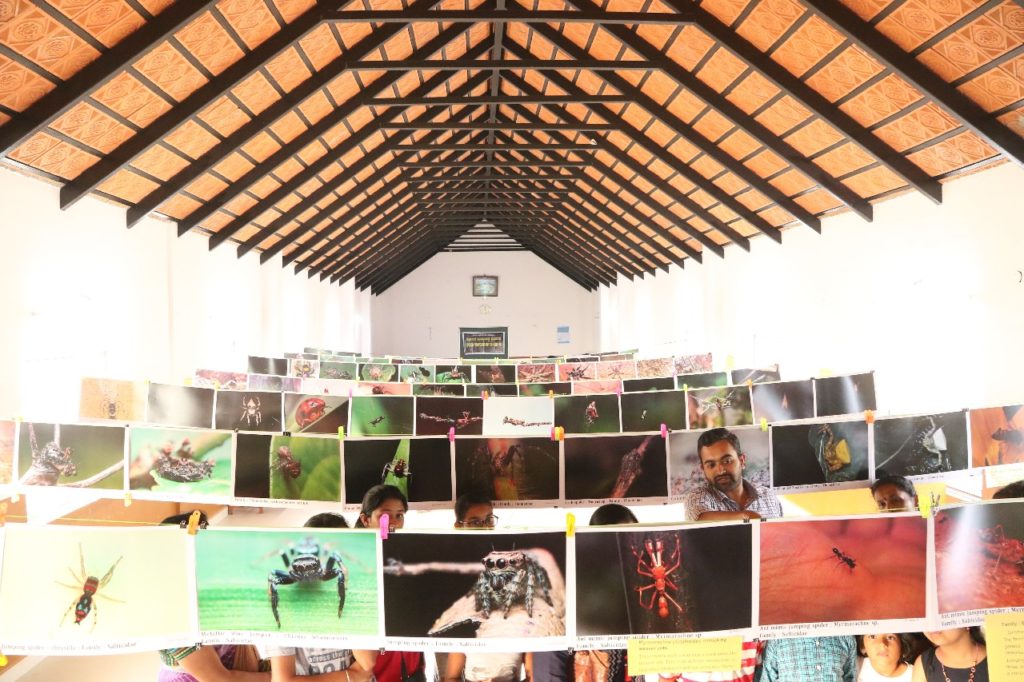

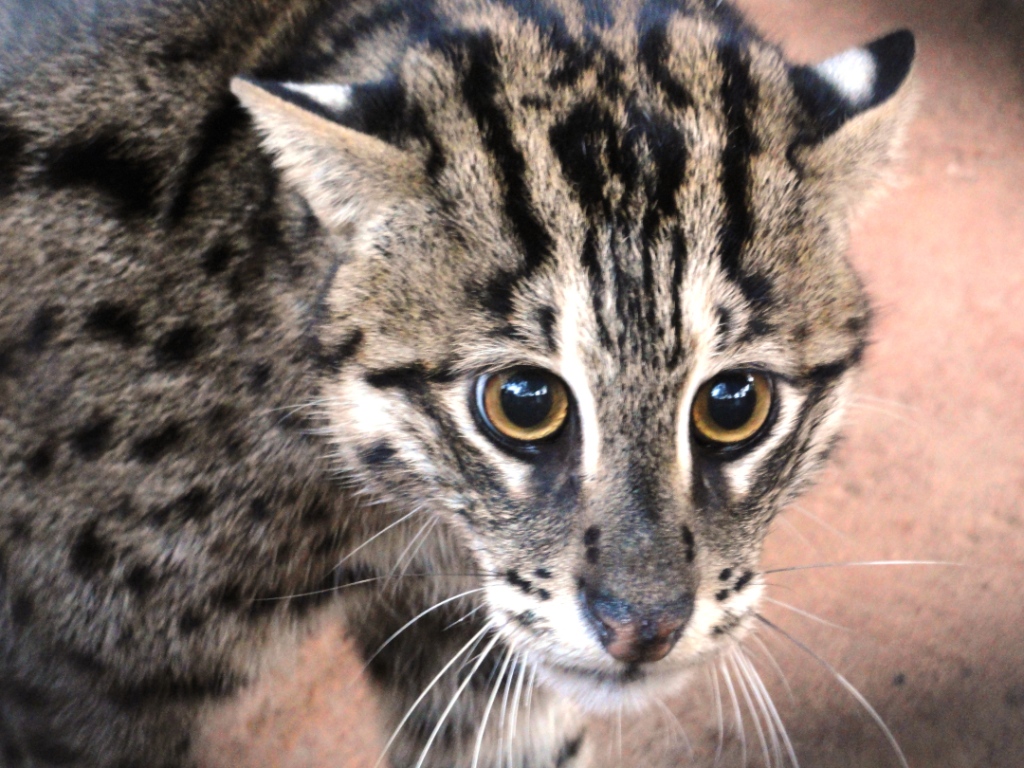
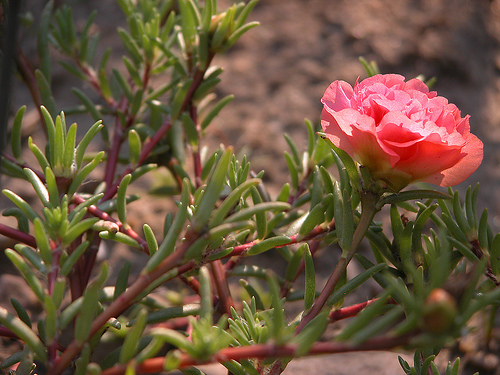

It is an amazing world of spiders – so far very little known – Thanks to Team saliga – their awareness camps are very informative and interesting. Some of the species of spiders are a wonder – which ordinary will not sight. Great work Saliga’s – Keep Going
True, Team Saaliga is doing great work in spreading good words about spiders.